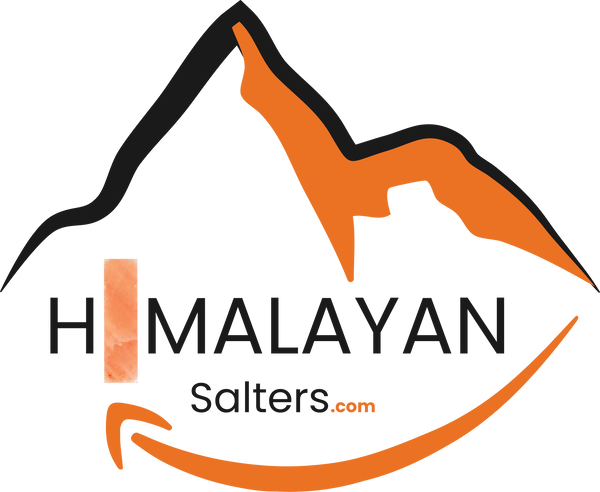Mineral licks and salt lick both play equally important roles in the lives of a wide variety of animals by supplying them with essential nutrients and fostering an overall sense of health and wellness. This blog will explain what mineral licks and salt lick are, as well as their importance, the benefits that they bring to animals, and the reason why they are necessary for the cattle’s continued existence.
Understanding Mineral Licks and Salt Lick:
What is Mineral Lick?
Mineral licks contains essential nutrients such as calcium, phosphorus, sodium, magnesium, potassium, iron etc, and trace elements too. Deer, moose, and elk seek mineral reserves for food.
Defining Salt Lick:
Salt lick, on the other hand, are mineral licks specifically composed of salt, which is a vital mineral for animals. These licks provide a concentrated source of sodium chloride, also known as common salt. Just like mineral licks, salt lick are frequented by many animals for their sodium needs.
The Importance of Mineral Licks and Salt Lick:
Essential Nutrient Intake:
Mineral licks and salt lick for animals provide a simple and all-natural way to obtain the essential minerals that may be lacking in their normal diet. Animals require minerals for the development of bones, contraction of muscles, transmission of nerve impulses, and maintenance of adequate hydration levels.
Promoting Animal Health:
The constant administration of mineral licks and salt lick to an animal may have a positive impact on the creature's overall health. Mineral deficiencies, which may lead to serious health issues, can be avoided to some degree by these deposits. Major health issues may be brought on by mineral shortages. These licks also get the animal moving, which is healthy and reduces stress.
Supporting Reproductive Health:
It is especially important for animals who are pregnant or nursing to consume sufficient amounts of minerals like calcium and phosphorus, which may be found in mineral licks. Consuming an adequate amount of these minerals is essential to ensuring the healthy development of children as well as maintaining good nursing in mothers.
Encouraging Biodiversity:
A wide variety of animal species are drawn to mineral licks and salt lick for various nutritional benefits. The existence of these locations in the ecosystem encourages interactions between the different species of animals and helps to contribute to a healthy and flourishing population of wild animals.
Benefits for Specific Animal Groups:
Herbivores and Omnivores:
Herbivores, including deer, elk, and bison, largely depend on mineral licks and salt lick for the nutrition that they supply. Herbivores also consume salt lick. In regions where there is a scarcity of natural sources of certain minerals, mineral licks become very necessary to the survival and overall health of the inhabitants. Omnivores such as bears and wild boars are known to visit mineral licks in order to replace the minerals that are lacking in their diets with the minerals that they may get there.
Avian Species:
Birds, particularly ground-dwellers, love mineral licks. Minerals thicken their eggshells. This ensures healthy infants and more.
Environmental Impact:
Erosion and Soil Health:
Animals may contribute to the erosion of the soil around them by frequenting mineral licks and salt lick. This can make the dirt more likely to wash away. Even though this may be a worry in some places, it does help move important minerals around the environment, which is good for all plants and animals.
Habitat Conservation:
It is crucial for the preservation of biodiversity to keep mineral licks and salt lick in their native environments where animals may access them. The protection of these areas from human intrusion and the promotion of animal access are both examples of what may be accomplished via conservation initiatives.
Conclusion:
Mineral and salt lick nourish animals' bones, muscles, nerves, and hydration. They promote animal health, reproduction, and biodiversity. Herbivores like deer, elk, and bison need minerals and salt lick supply sodium chloride. These licks keep animals' bones, muscles, nerves, and hydration healthy. These licks minimize mineral shortages and stress in animals. Calcium and phosphorus are essential for infant development and breastfeeding, therefore they improve reproductive health. They also promote animal relationships, helping wild creatures thrive. Herbivores like deer, elk, and bison use mineral and salt lick for nourishment, whereas omnivores like bears and wild boars use them to make up for mineral deficiencies. Mineral licks thicken eggshells in ground-dwelling birds, assuring healthy offspring. Mineral and salt lick have major environmental effect. Soil erosion by animals moves vital minerals across the ecosystem, benefitting all living things. Preserving mineral and salt lick in their natural habitats promotes animal access and biodiversity.



